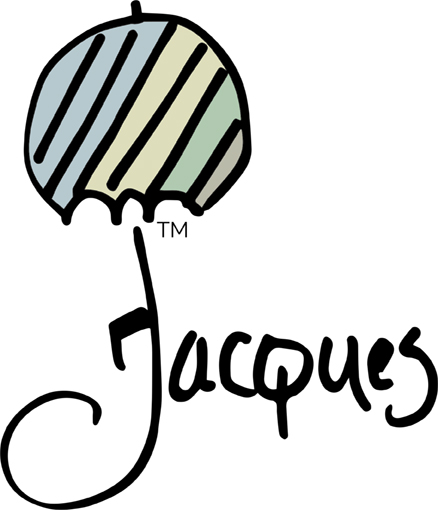“Cooking is at once child’s play and adult joy. And cooking done with care is an act of love.”
Craig Claiborne
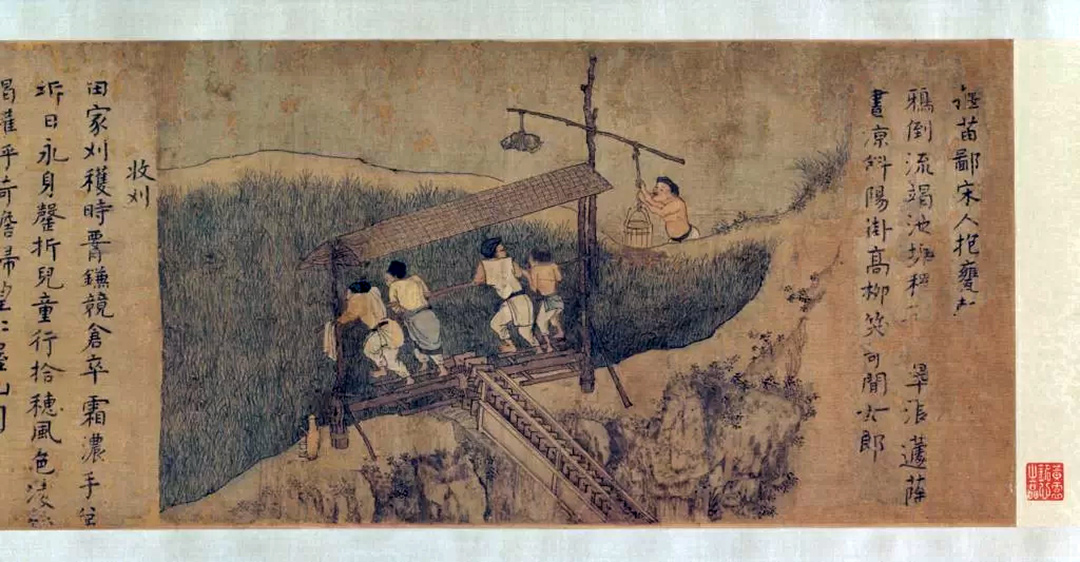 The Guardian: “Why Cooking was the Original Artform – and is Still the Most Universal” [*]
The Guardian: “Why Cooking was the Original Artform – and is Still the Most Universal” [*]
“Can food be art? Can art be food? These are fun questions to ask in the season of overeating. Maybe if we can see all that turkey and stuffing and pudding and cheese as in some way a work of art, it won’t seem so gluttonous.
This is what celebrity chefs offer. They show us how to be “creative” in the kitchen so we don’t just feel like greedy pigs. If I can get that Heston Blumenthal recipe right, maybe my meal will possess an ethereal grace that transcends mere gorging.
The story of art and the story of food are in fact intertwined. Both became sophisticated at the same time. In the middle ages feasting was rich, riotous and crude. Pies shaped like swans disgorged dozens of smaller birds. People ate with their fingers. Art too was simple and when painters showed food there was little subtlety.
In the Renaissance, art became more self-conscious – and so did eating. In 16th-century Italy feasts were stylish and polite. Wine was served in elegant glasses. Plates were used and cutlery was coming into fashion. The same bright ideas being applied to art led to the popularisation of salads, bruschetta and tablecloths (all of which are praised by the 16th-century writer Aretino).”*Quotation above is taken directly from the website cited and is the property of that source. It is meant to inform the reader and to give credit where it is due.
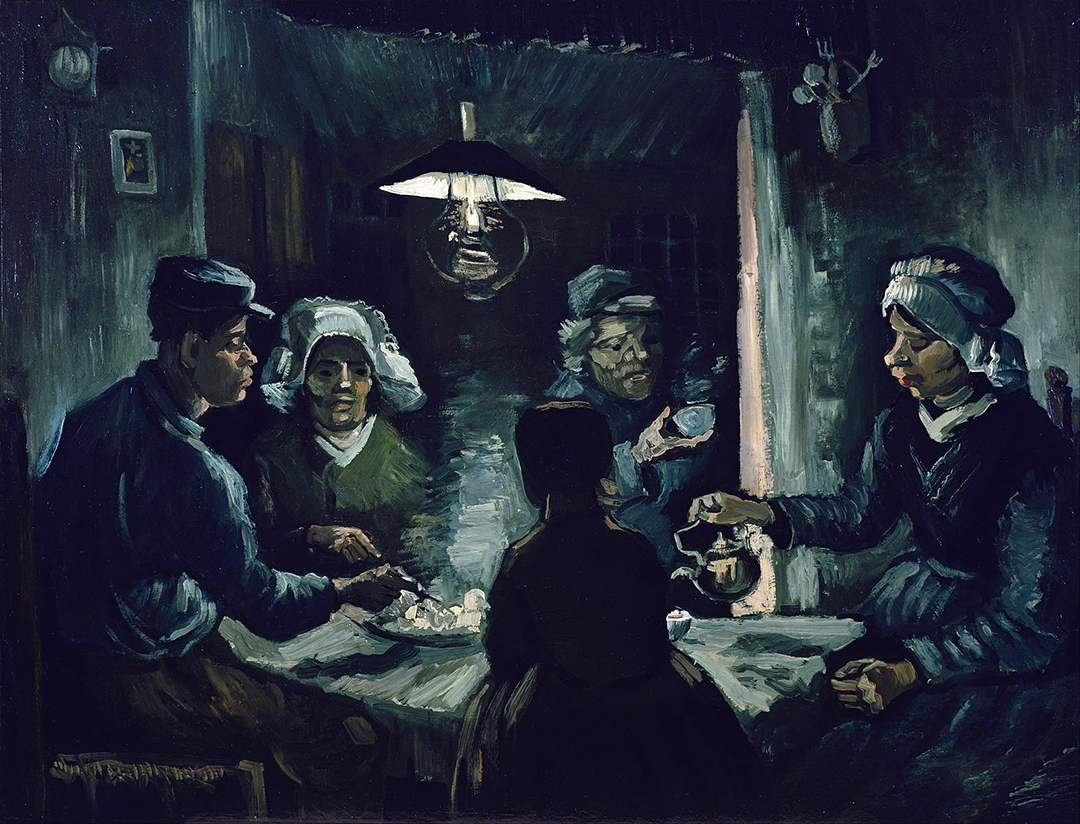 Huffington Post: “Cooking Art History: The Original Celebrity Chefs and the Birth of Haute Cuisine” [*]
Huffington Post: “Cooking Art History: The Original Celebrity Chefs and the Birth of Haute Cuisine” [*]
“The Getty Research Institute’s special exhibition The Edible Monument: The Art of Food for Festivals offers opportunities to travel through time and learn about culinary theatrics from the past. In early modern Europe, food was spectacle. Between the 17th and 19th centuries, ostentatious court and civic banquets were de rigueur, and illustrations of these feasts endure in the books and prints designed for the Italian and French courts. Of course, the production of such lavish spectacles required a cook and a kitchen brigade. The early concept of the “celebrity chef” emerged in the late 16th century; by the 17th century, chefs were revered.
Centerpiece for the feast of Senator Francesco Ratta, Giacomo-Maria Giovannini after Marc’Antonio Chiarini, 1693. From Disegni del convito fatto dall’illustrissimo signor senatore Francesco Ratta (Bologna, 1693), frontispiece. 1366-803.
One of the first chefs to put culinary innovations in writing was Bartolomeo Scappi in his monumental Opera dell’arte del cucinare (Works on the Art of Cooking), of 1570. The Joy of Cooking for the Italian Renaissance, Opera is divided into six books covering everything from choosing staff and stocking the kitchen to cooking for the infirm, with over one thousand recipes for meats, fish, vegetables, desserts, and sauces in between. It also illustrates how, by the 16th century, kitchens had become a complex series of spaces dedicated to different operations. Organization was critical when banquets lasted for hours — sometimes days — with thousands of mouths to feed and eyes to delight.”*Quotation above is taken directly from the website cited and is the property of that source. It is meant to inform the reader and to give credit where it is due.
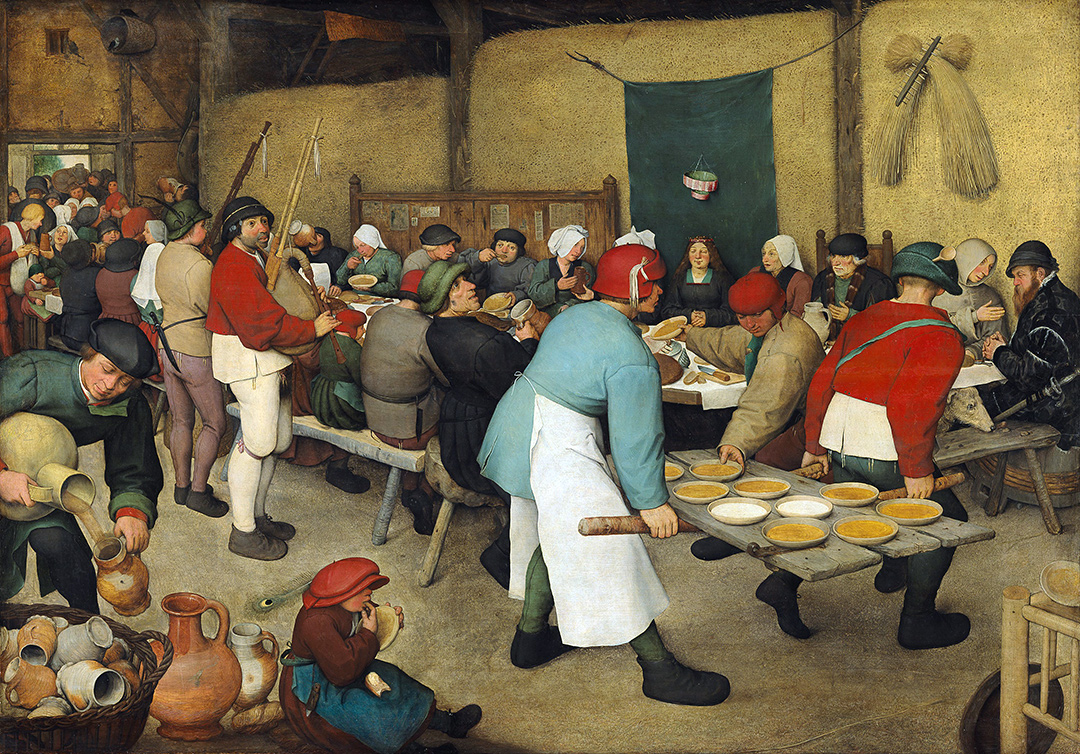 A Women’s Thing: “Moving Feasts and Still Lifes: Food, Art, and Women in History” [*]
A Women’s Thing: “Moving Feasts and Still Lifes: Food, Art, and Women in History” [*]
“Of all the things I use to measure my days, food holds a very special place. Not only does it literally keep me going, it allows me to travel through time and to distant places without leaving my kitchen. It keeps me humble by reminding me of all I have to be grateful for and of everything I have yet to learn. Food nourishes, heals, pleases, and entertains. It plays a central role in most religions and in the social rituals of countless cultures. Food is a language unto itself, and while it’s true that it can have the power to divide, it also has the capacity to unite people coming from different places in meaningful ways. Sharing food is quite simply an act of sharing love and I long for the day when I can safely go back to practicing free (food) love by cooking for as many friends as I want, and patronizing restaurants bursting at the seams.
For some, cooking has been an important source of comfort during confinement, an opportunity to become more self-reliant, or to tackle that recipe for sourdough that previously seemed too time-consuming or intimidating. I seriously entertained the possibility of making “biscuits to excite Venus” after a late 16th-century Italian recipe (wouldn’t you, with a title like that?). I would have done it too, if I wasn’t out of a few key ingredients like diasatirion (otherwise known as “wolf’s testicles”): a blend of orchid root, lizards—skinks to be exact—chickpeas, cinnamon, ginger, and sparrow brains. While that particular venture didn’t work out, it did get me thinking about the history of food in relation to women, not only as consumers but also as creators, especially of culinary imagery. In her iconic “Dinner Party” (1974–79), Judy Chicago relies on the notion of a shared meal to draw attention to the persistent effacement of women’s contributions across disciplines and time. I see that arresting tribute as an essential marker in a fascinating history of women artists—many lesser known today—who used food and related motifs as their primary subjects. ”*Quotation above is taken directly from the website cited and is the property of that source. It is meant to inform the reader and to give credit where it is due.
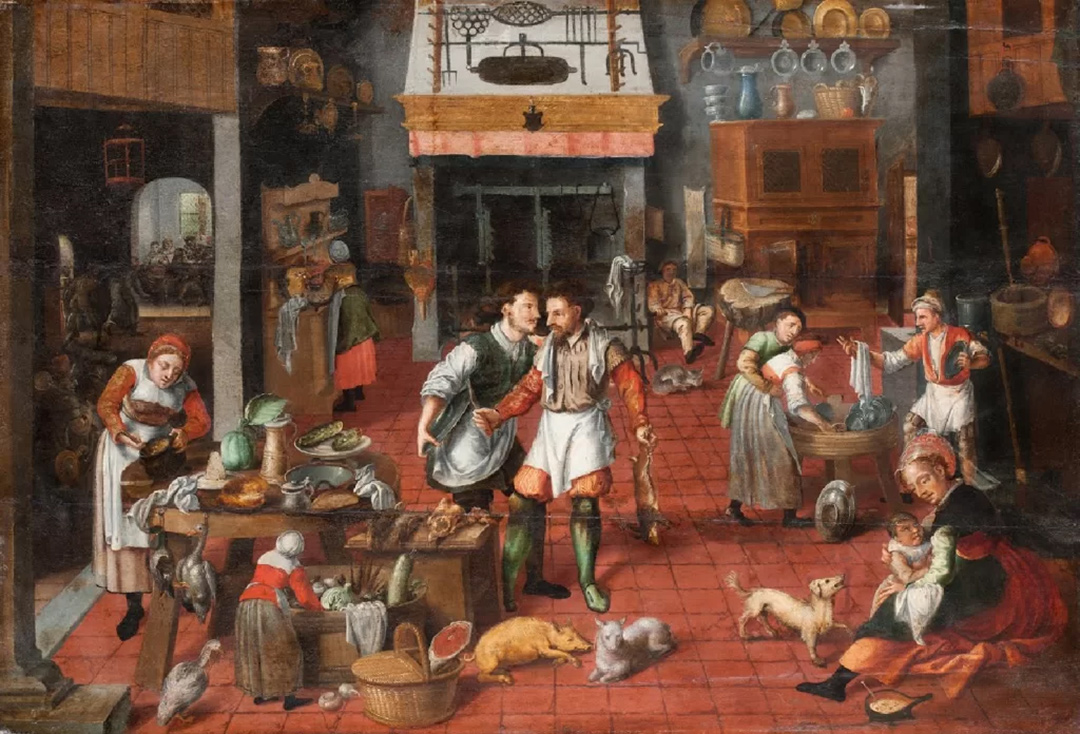 The Eclectic Light Company: “Something’s Cooking: Paintings of the Kitchen” [*]
The Eclectic Light Company: “Something’s Cooking: Paintings of the Kitchen” [*]
“Two ever-popular themes for still life paintings are flowers and food. In all but the most basic of houses, food has been prepared in a more-or-less dedicated room, the kitchen, which has been curiously far less popular as a motif for domestic scenes. Today I look at a selection of some of the most intriguing, and most representative paintings of kitchens.
The studio of Marten van Cleve demonstrated at the outset why views of the Kitchen Interior (here from about 1565) are relatively uncommon. This kitchen for a large mansion isn’t the sort of place that would welcome an artist, complete with their easel, paints and brushes. They’d get in the way of the many household servants busy preparing the next meal, and those engaged in other activities, such as the nurse at the lower right who’s feeding a baby. There’s even a man brandishing a knife in the middle of it all. This is a curious reversal of the more popular view of a family eating, with a glimpse through a doorway into the kitchen: the dining room is here shown at the left. The most common reason for painting a kitchen prior to the nineteenth century was the Gospel story of Christ in the House of Martha and Mary.”*Quotation above is taken directly from the website cited and is the property of that source. It is meant to inform the reader and to give credit where it is due.
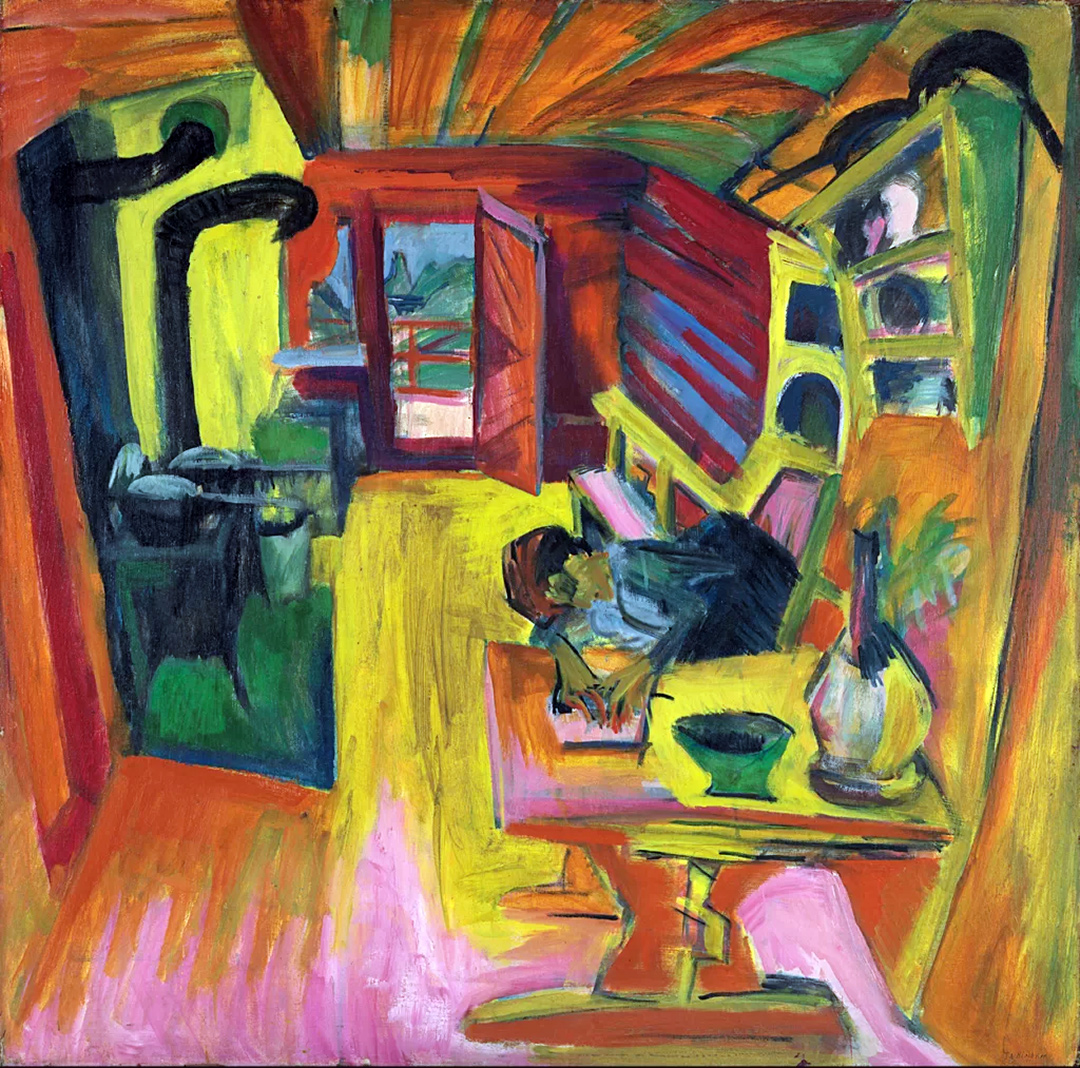 Better Together: “Cooking to Explore Art History” [*]
Better Together: “Cooking to Explore Art History” [*]
“Looking for a way to get creative with your food? We’re talking about how cooking can help kids learn about art and art history.
There’s an art to cooking, and as it turns out, cooking plays a big role in art too! Getting in the kitchen can help with just about every school subject, and art is no exception. Find out the fascinating history of cooking in art history…and then mix up some amazing art pieces in your kitchen!
Meals are so central to the human experience that as long as humans have been making art, food has been featured as a central subject. In Ancient Egyptian paintings such as these ones from the Tomb of Nebamun (c 1350 BCE), you can see a variety of food being hunted, harvested and feasted upon. Meanwhile, in the ruins of the Roman city of Pompeii, colourful wall frescos show detailed depictions of bread being purchased at market (ca 79 CE)—in fact, art like this is partly how we’ve learned about how Romans of the time ate. Once you start looking for food in art history, it’s everywhere! Giuseppe Arcimboldo’s Summer (1563) is a portrait made entirely from food – take a look with your child and see how many ingredients they can spot! Not quite as exotic but still absolutely beautiful, even everyday acts like pouring milk become art in classic genre paintings like Vermeer’s “Het Mielkmeisje” (1660).
Even the containers made to hold food can be works of art. Ask your child to guess what this engraved Mayan spouted vessel (ca 1 CE) was for (spoiler: it’s a chocolate jar). And food containers can become art again—just look at Andy Warhol’s Campbell’s Soup Cans (1962).
Food is a beautiful pre-occupation for modern artists as well. In Canada, Mary Pratt is famous for her luminous paintings of everyday kitchen items like jelly jars (Jelly Shelf, 1999) and Annie Pootoogook’s painting The Tea Drinkers (2001-2002) captures a wonderfully cozy moment in a family kitchen.”*Quotation above is taken directly from the website cited and is the property of that source. It is meant to inform the reader and to give credit where it is due.
